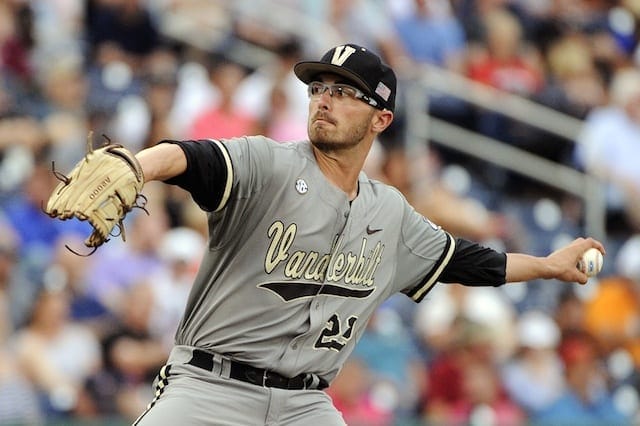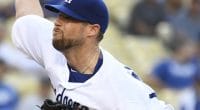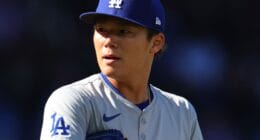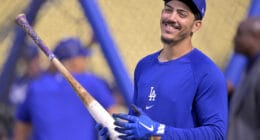With it becoming clear Clayton Kershaw will be lost to the 15-day disabled list and likely for an extended period of time, the Los Angeles Dodgers moved to to put a placeholder to fill the gaping hole in their starting rotation.
In exchange for prospects Caleb Dirks and Philip Pfeifer, the Dodgers received Bud Norris, Dian Toscano, a player to be named later and cash considerations from the Atlanta Braves. While Norris isn’t one of the top pitchers in the game, he’s been trending upward of late and should provide a solid insurance policy.
Let’s take a look at what the Dodgers gave up and if they’ll end up regretting the deal.
Caleb Dirks, RHP
It’s another homecoming, of sorts, for the right-hander. Dirks, a California native, was drafted by the Braves in the 15th round in 2014. After spending just over one year in Atlanta’s system, Dirks was sent to the Dodgers along with outfielder Jordan Paroubeck for an international bonus slot.
Now, after spending just under a calendar year with Los Angeles, he’s heading back to the Braves’ system. Dirks ranked 26th in the Dodgers’ system coming into the year thanks to strong performances with High-A Rancho Cucamonga and Double-A Tulsa.
He struck out nearly 10 batters per nine innings while allowing just one home run in 50 innings. This season, he returned to Tulsa, acting as the team’s closer, and continued posting strong numbers, recording six saves in 28 games with a 2.87 ERA.
While Dirks used to incorporate something that could best be described as a crow-hop in his delivery, his stride is more traditional now and he’s retained his power stuff. His fastball sits in the 91-93 mph range, touching 94 mph. He leans heavily on the fastball, which plays up due to its movement and the extension he gets in his delivery.
Dirks occasionally mixes in a low-80s breaking ball but it lacks bite. He greatly improved his control over the past year in Double-A, cutting his walk rate in half while still missing plenty of bats.
The Dodgers are starting to see their crop of Minor League arms thin out, though they still have plenty of relief options. Dirks is near big league ready but fits more comfortably into the middle of a bullpen rather than the back.
Philip Pfeifer, LHP
Another player who wasn’t long for the organization, Pfeifer was the team’s third-round pick last year, making just on appearance in his debut before being shut down with an elbow injury that required surgery.
Pfeifer worked his way back onto the mound in 2016, though he’s pitched exclusively out of relief. The organization’s No. 31 prospect heading into the season, that ranking was given with the belief that Pfeifer would eventually return to the rotation.
He may simply be on an innings limit but he’s purely a reliever now, which would greatly diminish his prospect value. This year, Pfeifer’s stuff seems to have returned to form.
He’ll sit in the low 90s with his fastball, adding in a hard changeup and a loopy curveball. Pfeifer has struggled to throw strikes, as he’s walked 17 batters in 24.1 innings with the Quakes.
If he remains in the bullpen, he could be a solid late inning guy who can get righties out because of his changeup.
Dian Toscano, OF
As for Toscano, he signed a four-year deal with the Braves in December 2014 but only debuted this season and has played just 58 games in the Minors. The 27 year old was outrighted to the minors last year.
Ben Badler of Baseball America noted that he’s demonstrated “good bat control and strike zone awareness” and though he lacks arm strength, he may be fast enough to handle center field.
Toscano was likely included in the trade as a salary dump, as he’s in the second of his four-year, $6 million deal that has an option for 2020. Toscano doesn’t figure to make the big league team unless he makes some major advancements.





